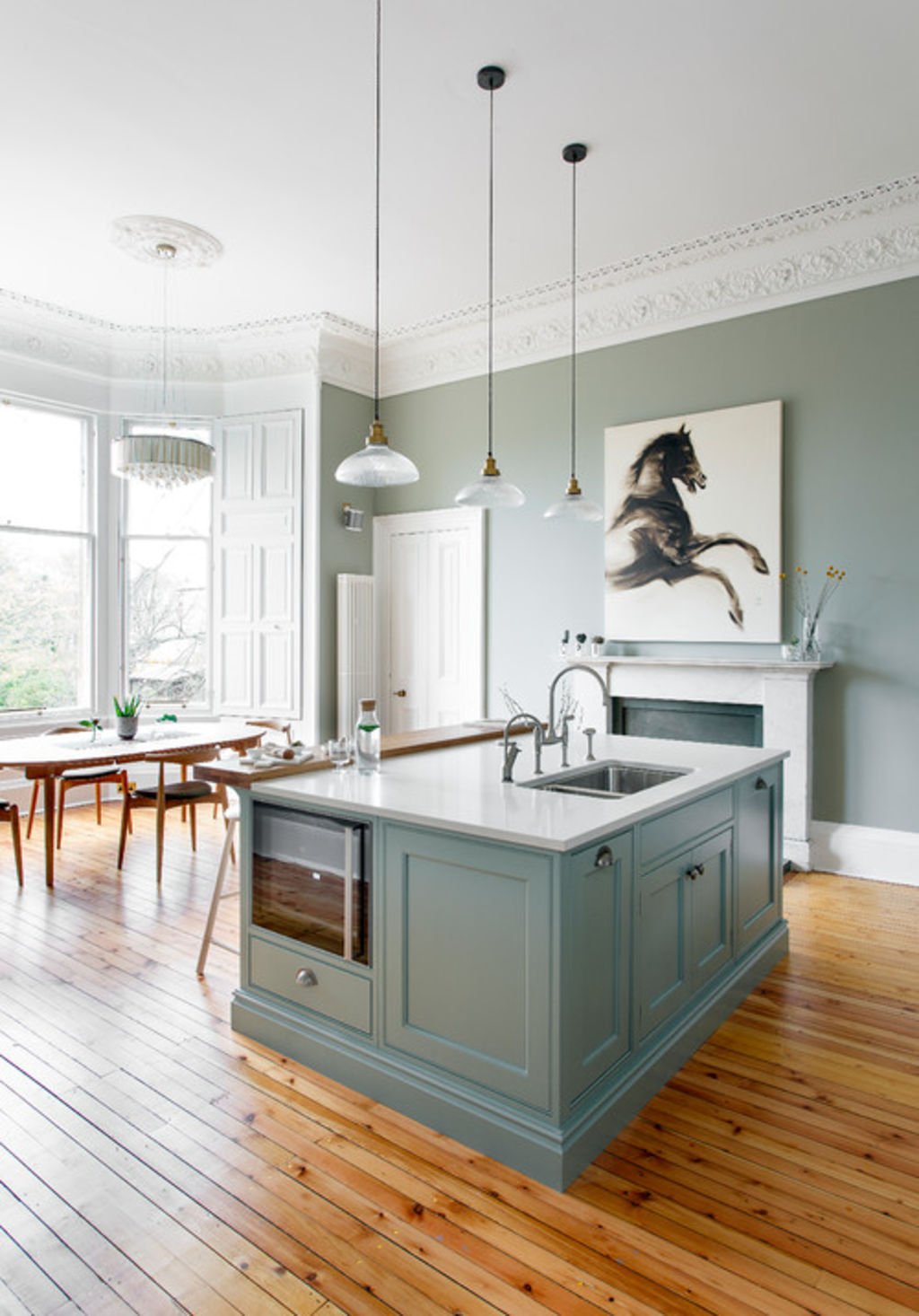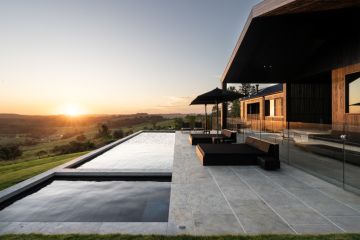How to tell a corbel from a cornice: A simple guide to identifying period features

Author: Laura Wheat
In Georgian and Victorian homes, trims and mouldings were used extensively for both decorative and practical purposes. Some devices dealt with the limitations of construction methods of the time, while others added elements inspired by classical architecture.
Interior mouldings underlined a room’s importance, with the most elaborate designs reserved for areas seen by guests. Expensive houses were given the full works, while more modest properties included less ornamentation, so mouldings and trims also acted as symbols of social status. Take a glance at this glossary of period features to see which characteristics your home has.

Architrave
Architrave is the wooden trim used to frame doors, windows and built-in cupboards, covering areas where plaster would crack with repeated movement. Corner joints are mitred and wood is usually painted.
Reproductions of period profiles are available from specialists, who will be able to offer both bespoke and off-the-shelf options. Many designs have changed little since the Victorian era, meaning it’s often possible to source matching architrave in DIY shops.

Ceiling rose
A ceiling rose is an elaborate circle of plaster moulding which is used to disguise the point at which a hanging light attaches to the ceiling. This decorative detail served to catch the smoke rising from gas lights. Some designs included holes to allow fumes to escape between the ceiling and the floor above.
Find an interior designer near you

Corbel
Corbels are beautifying brackets used to create an arch-like shape in Victorian or Edwardian hallways. They are rarely load bearing and are usually made of plaster with a scroll or leaf design.
Similar corbel supports can also be seen in marble and slate fireplace designs from the period, beneath the mantelpiece.

Cornice
Cornice, cornicing or coving is the plaster trim that covers the transition between wall and ceiling. It may be elaborate or plain and in more modest homes is often absent altogether.
If your property has partially damaged cornice, moulds can be taken and reproductions made to mimic the existing profile. A large range of ready-made plasterwork is also available.
When decorating a room with cornicing, most would paint it white to blend in with the ceiling. However, matching your moulding to the wall colour instead can make a solid statement, particularly when using a bold paint shade, as shown here.
Picture rail
A picture rail is a wooden trim made of architrave, which frames the top 30 centimetres (or so) of wall. It was traditionally used to hang pictures from, creating a “display area” above the dado rail.
Painting or wallpapering up to the picture rail, while using a light colour above it, lends intimacy to lofty rooms with high ceilings.
Browse Traditional style homes
Plaster frieze
In grand houses, picture rails were sometimes omitted in favour of an ornate plaster “frieze” that extended down from the cornice and onto the top section of the walls.
Plasterwork production was revolutionised in 1856 with the invention of fibrous plaster, which incorporated sheets of hessian to add strength. This made it possible to cast complete lengths in one prefabricated piece and assemble on site.
Dado rail
A dado rail is a line of architrave that is fitted approximately 90 centimetres from the floor. In the Georgian period it was fashionable to leave dining chairs drawn up to the walls – a dado rail prevented the decor from being damaged.
By the Victorian era, fashions changed and dado rails gradually disappeared, before reemerging at the beginning of the 20th century as a purely decorative device, often used in hallways and landings.

Skirting board
Skirting is a wooden trim used to mask the junction between walls and floors and to provide protection from knocks.
Applied timber mouldings were first popular in the Georgian era, using the influences of classical architecture. Originally fashioned by hand, it was not until the mid-Victorian period that machinery made manufacture more straightforward. As dado rails fell out of favour, skirting boards grew in height to help balance the proportions of tall ceilings.
More
Period Features to Love Forever: Interior Trims and Mouldings
We recommend
We thought you might like
States
Capital Cities
Capital Cities - Rentals
Popular Areas
Allhomes
More







